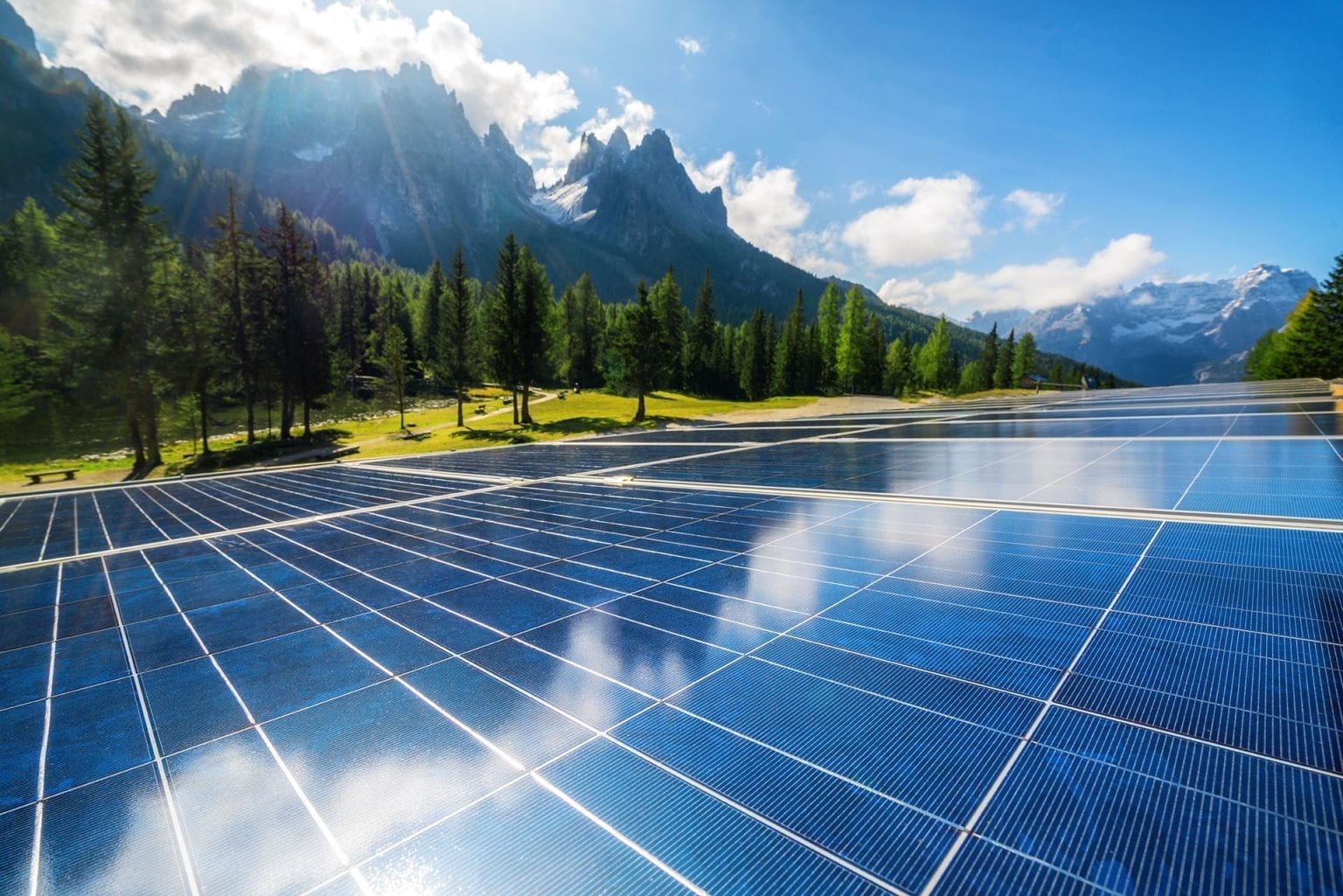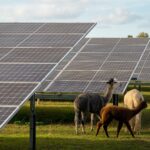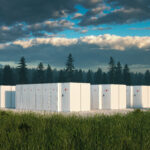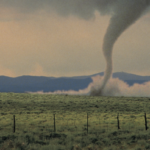If you are like most landowners, the idea of solar development is somewhat new and you probably have some common questions about how the development process works. You’re not alone in this, because one of the most frequently asked questions is, “How much land is needed to build a solar farm?”
What Are My Options?
Most people either envision solar panels on their roof – which may consist of a handful of panels – or the giant solar farms you can spot from an airplane flying over Arizona. This really is part of the beauty of solar energy – it’s a modular system that can be built as large or small as needed to fit the energy need of that area. In the first case, a single house – in the latter case, an entire town.
You may be curious because you own land you believe could qualify for a solar project and are in an area that is experiencing an uptick of development activity. Both of these are most likely related to what the industry calls “utility-scale” solar development – which basically means that the energy is sold back to the local utility and then distributed to the energy customers in the area. These are the types of projects that private developers are seeking to lease land for projects.
Now, there are typically two different size projects: Transmission-Scale and Distributed Generation (DG).
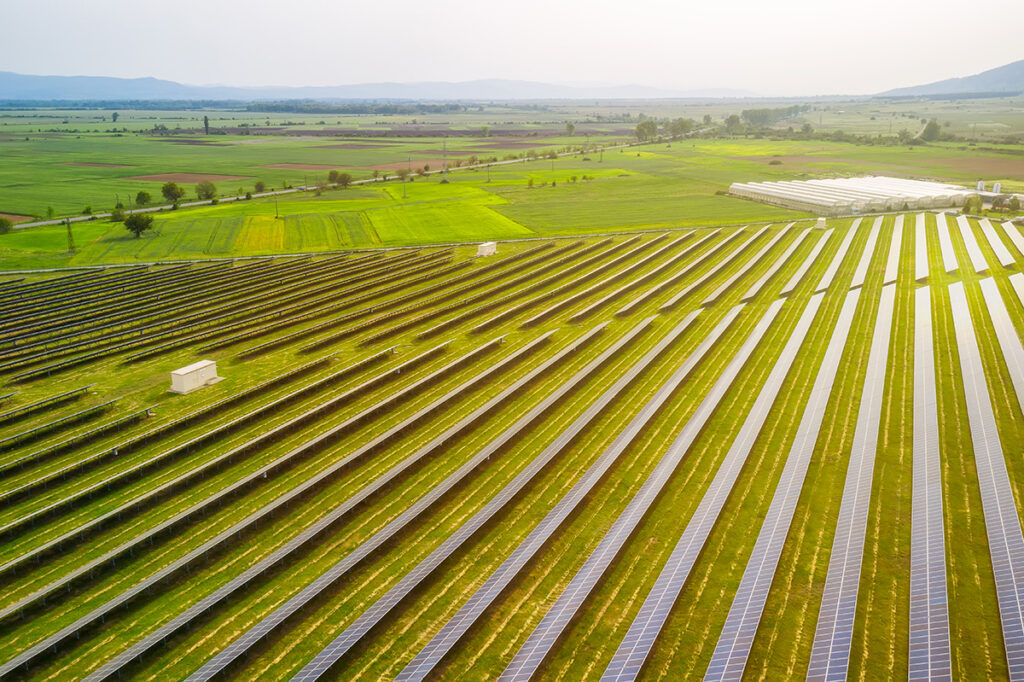

Transmission-Scale
The Transmission-Scale projects are the larger of the two and typically require a minimum of 150 useable acres up to 600 acres or more. These projects connect to transmission lines (high-tension power lines) and need to be large because there are significant costs associated with connecting to the powerlines and the project needs to be large enough to find the efficiencies of scale (remember that one from economics class?).
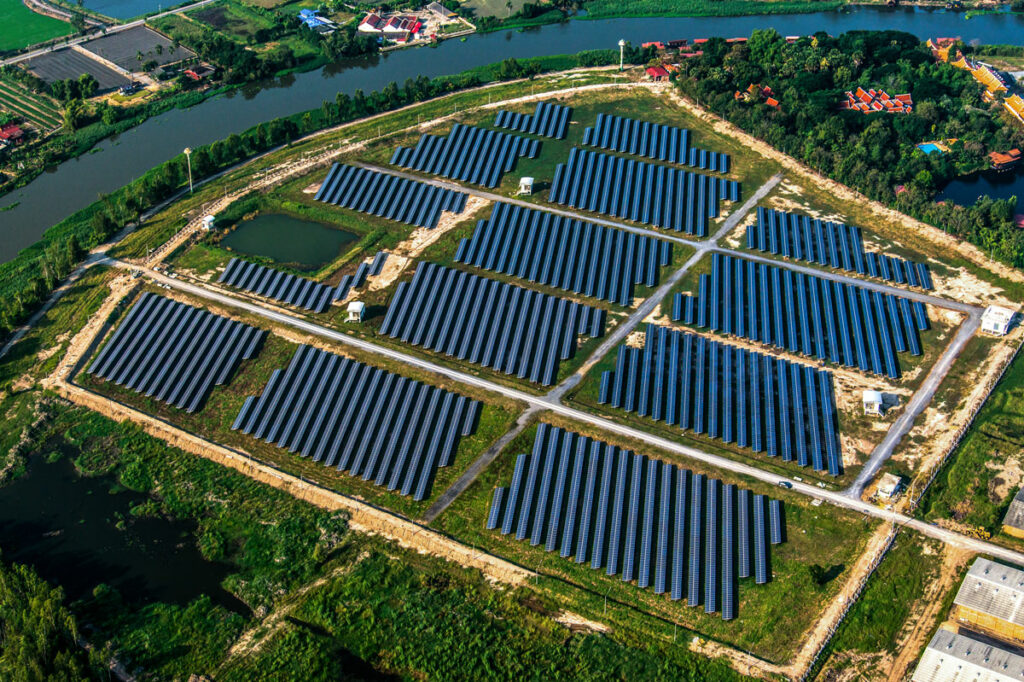

Distributed Generation
The DG projects are much smaller – ranging from 10 to 50 useable acres. Most of these will tend to be on the smaller side of the scale and tie into the smaller power lines (3 phase or “distribution lines”).
What is a "useable" acre?
We mention the term “useable” acres because it’s important to know that land covered by wetlands, excessive floodplain, heavy slope or other uses that make the property un-useable for solar cannot be built upon.
Local Regulations & Restrictions
Finally, and most importantly, the utility-scale solar development industry on a state level is dictated by regulation and subsidized programs. It’s the reason that one area could be booming and, in another area just over the state lines, there is nothing happening. These programs often specify which types of projects will qualify – either DG or Transmission-Scale. So, depending on your area, the only viable project may be one or the other.
If you would like to learn more about the solar activity in your area, please feel free to contact us and we’ll perform a complimentary review of your property.
